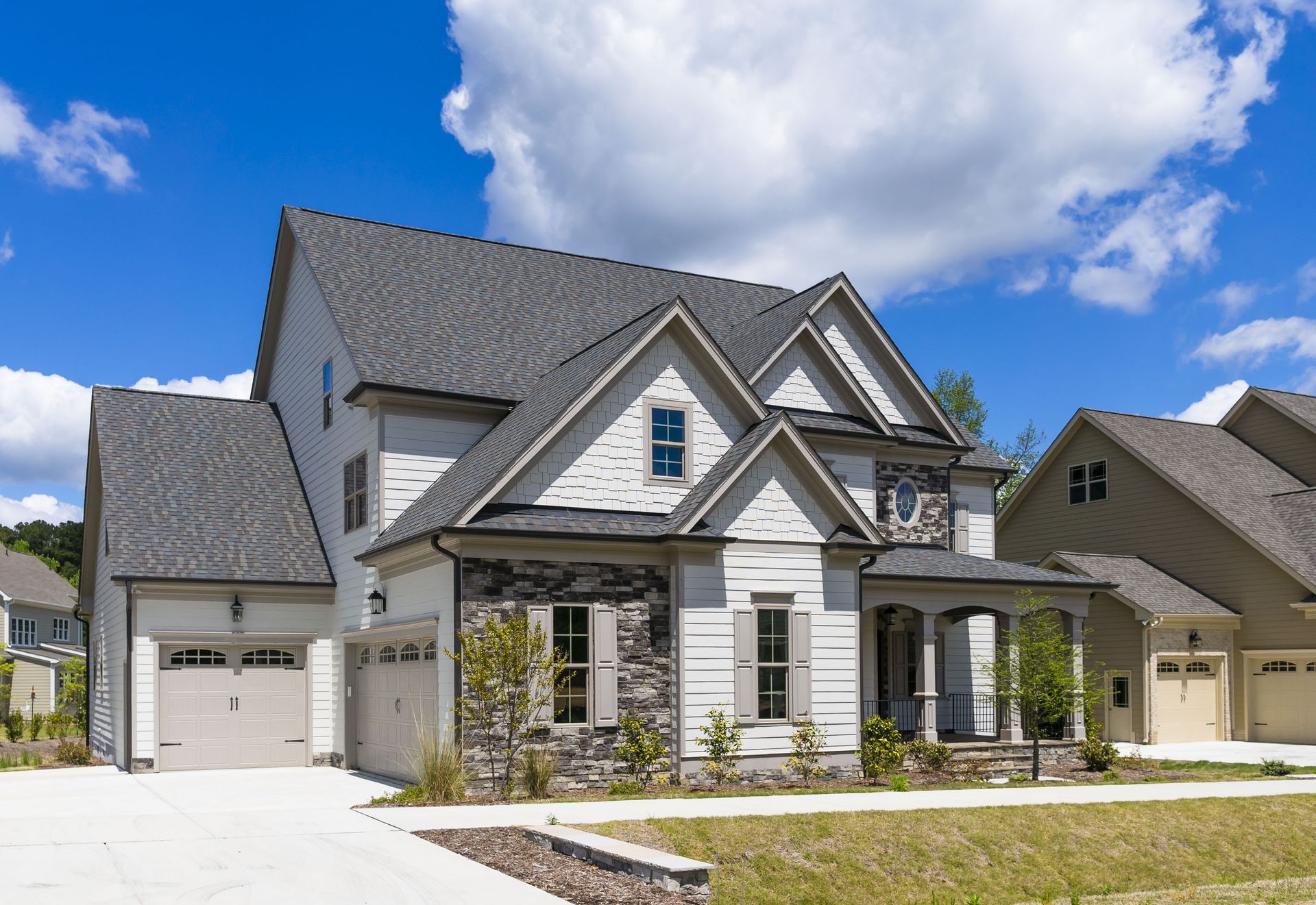Understanding the Timeline: What to Expect from Your Custom Home Builder
The journey to building a custom home is an exciting yet intricate process. Understanding the timeline is crucial for a smooth experience. This article provides an in-depth look into what you can expect from your custom home builder at each stage, from the initial concept to the final construction.
1. Initial Consultation and Vision Setting
At the very beginning of your custom home project, the initial consultation sets the foundation for everything that follows. During this stage, you'll meet your builder to discuss your ideal home. This involves sharing your vision, style preferences, and any specific features you desire. A professional builder will help you refine your ideas into a coherent plan. Their expertise is crucial in aligning your vision with practical and achievable outcomes.
Setting realistic budget expectations is another critical component of this stage. It's essential to have an open discussion about what you can afford and where you might need to adjust your expectations. Understanding the costs associated with your vision will prevent unpleasant surprises later. Your builder can also provide insights into potential financing options and strategies for cost management. This dialogue lays the groundwork for a financially feasible project.
Zoning and land use regulations also play a significant role in the planning process. Your custom home builder will help you navigate these regulations to ensure your project is viable. This includes understanding any restrictions or requirements imposed by local authorities. Additionally, establishing a basic timeline with your builder helps manage expectations for the entire process. Reviewing the builder's portfolio and past projects can provide assurance of their capabilities and style.
2. Design Development and Planning
Once the initial vision is set, the design development and planning stage is where your ideas start to take shape. In-depth design meetings are conducted to delve deeper into specifics like layout, aesthetics, and functionality. Collaborating closely with architects and designers allows your dream home to transform from a concept into workable plans. During these sessions, expect numerous revisions to refine the design further. Open communication with your builder is key to ensuring all your ideas are realized effectively.
With a design concept in hand, architectural drafts and plans are developed. These documents provide a detailed road map of the construction process. Expect multiple revisions as details are honed and practical considerations are incorporated. This iterative process ensures that the final design meets your expectations while remaining structurally sound. The selection of building materials and finishes is addressed at this stage to ensure consistency with the overall design.
Navigating city permits and approvals can be a daunting task, but it is a crucial part of the development phase. Your builder will handle most of the permit and approval processes, ensuring compliance with all local regulations. This stage involves coordinating with various bodies, such as local building departments and planning boards. Once all elements are in place and approved, the final design is locked in. This marks the transition from planning to the upcoming construction phases.
3. Budget Finalization and Financing
Finalizing the budget and securing financing are pivotal steps before moving forward with construction. A detailed cost estimation provides clarity on anticipated expenses, breaking down costs for labor, materials, and any other associated fees. This stage involves refining earlier budget estimates as the design solidifies. It's crucial to account for all aspects, such as unexpected cost overruns or changes in material prices. According to Homelight.com, building a home is a huge project, and the average build will involve 22 subcontractors working on the home.
Exploring financing options is an important part of this stage for many homeowners. There are diverse routes to consider, such as mortgages, construction loans, or personal savings. Your builder can often provide advice or recommendations based on past client experiences. With financing in place, you'll be ready to proceed to contract negotiations. It's essential to have a clear understanding of your commitments and the builder's obligations in these documents.
The payment schedule and milestones agreed upon during contract negotiations provide a roadmap for financial planning. This agreement outlines when payments are due at various stages of the project. It's prudent to include contingencies for unexpected expenses or necessary changes during construction. This element of flexibility helps prevent disruptions and ensures smooth progress. Feeling financially prepared and secure allows you to focus on the exciting aspects of building your home.
4. Pre-Construction Preparation
The pre-construction preparation phase sets the stage for the actual building process. Site inspection and preparation are first on the checklist, involving clearing, leveling, and staking out the land. This ensures the construction site is ready for digging and foundation work. It's a critical step that ensures everything is precisely where it should be, based on the approved plans. Temporary structures or modifications, such as utility hookups, must also be arranged to facilitate the upcoming work.
Ordering and procurement of materials is a detailed process that occurs simultaneously. Builders work with suppliers to ensure that materials arrive as needed, avoiding delays. Attention to detail is critical at this stage to prevent issues later in the construction phase. Scheduling construction teams to work on site is another important logistical task. Coordination among all parties involved, from subcontractors to suppliers, requires effective communication and project management.
Before breaking ground, it's essential that all parties conduct a final walkthrough of plans with builders. This ensures that everyone is clear on their roles and responsibilities during the construction phase. It provides an opportunity to address any last-minute questions or concerns. Establishing proactive communication at this stage minimizes potential disputes or misunderstandings. With groundwork laid, the project is positioned to move forward seamlessly into construction.
5. Construction Phase
The construction phase is where the vision starts becoming a reality. Breaking ground and laying the foundation mark the official start of construction. It involves excavation, concrete pouring, and setting up the primary structure. This fundamental work dictates the project's durability and longevity. Completion of foundational activities requires adherence to exacting standards to ensure the building stands up to future stresses.
Following the foundation work, framing and structural elements are completed. Framing lays out the skeleton of the home, defining its shape and internal layout. This stage is highly collaborative, with multiple teams working simultaneously on different components. Builders coordinate the efforts of 22 subcontractors on average, as noted by Homelight.com. Ensuring seamless integration of these elements is crucial for maintaining the project's timeline and quality.
6. Finalization and Move-In
The finalization and move-in stage is the culmination of all preceding efforts. This phase begins with a comprehensive final walkthrough and the creation of a punch list. It highlights any areas needing touch-ups or corrections to match the planned vision. Addressing these promptly ensures that the home meets the quality standards expected by homeowners. Achieving client satisfaction is the ultimate goal.
Once all repairs and touch-ups are addressed, obtaining the certificate of occupancy is the next step. This document signifies that the home complies with local building codes and is safe for habitation. Understanding the warranty and maintenance information is crucial as part of homeownership. Builders often provide warranties covering certain aspects, ensuring peace of mind for the future. Knowing how to maintain the property protects the significant investment made in building the custom home.
Understanding the timeline with your
custom home builder is essential for managing expectations and ensuring a successful build. Each stage involves crucial steps that require your engagement and decision-making. With this comprehensive guide, you are better equipped to navigate the process and bring your dream home to life.




Share On: